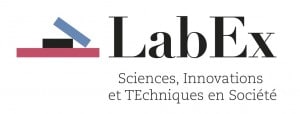Abstract
Is the analytical framework used by ethologists sufficient to study the mental states of non-human animals (NHAs) at the appropriate level of complexity? To address this question our strategy was to i) reveal the experimental and analytic habits of scientists of different disciplines in the literature, and ii) use "intention" as a vector in an interdisciplinary prospect of the study of NHAs mental states. Our own intention was to outline the specific orientations and possible impasses of the ethological analytical framework which limits the consideration of NHAs intentions. We conducted a bibliometric analysis of the scientific literature published between 2016 and 2020 in two steps: 1. through a first corpus, we identified the terms used in studies of NHAs intentions and 2. on this basis, 111 articles related to intentions in NHAs were selected. By analysing them using a co-occurrences network of the authors’ keywords, ten scientific approaches to intention in NHAs were identified. Our main findings are that i) the term « intention » is very seldom used in studies of NHAs; ii) approaches developed in humans are rarely transposed in these studies; and iii) in such few studies, it is not the NHAs intentions which are under question, but the link between NHAs and human intentions. This study highlights the limitations of the current theoretical framework used to study non-human animals’ cognition, which does not allow for the full spectrum of non-human cognitive specificities.
See all documents refering Cortext Manager






